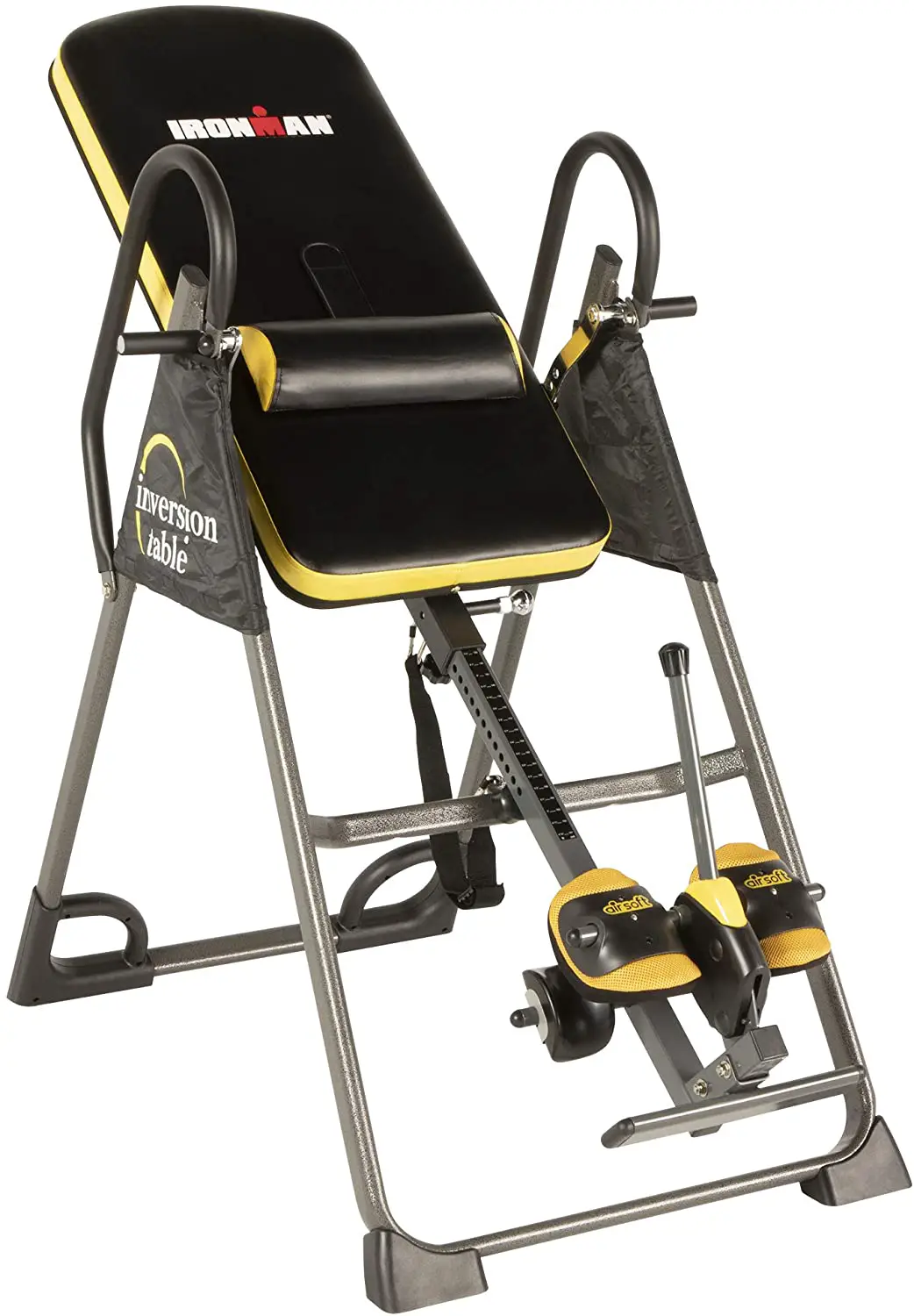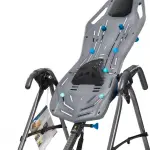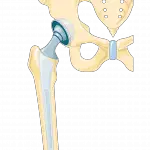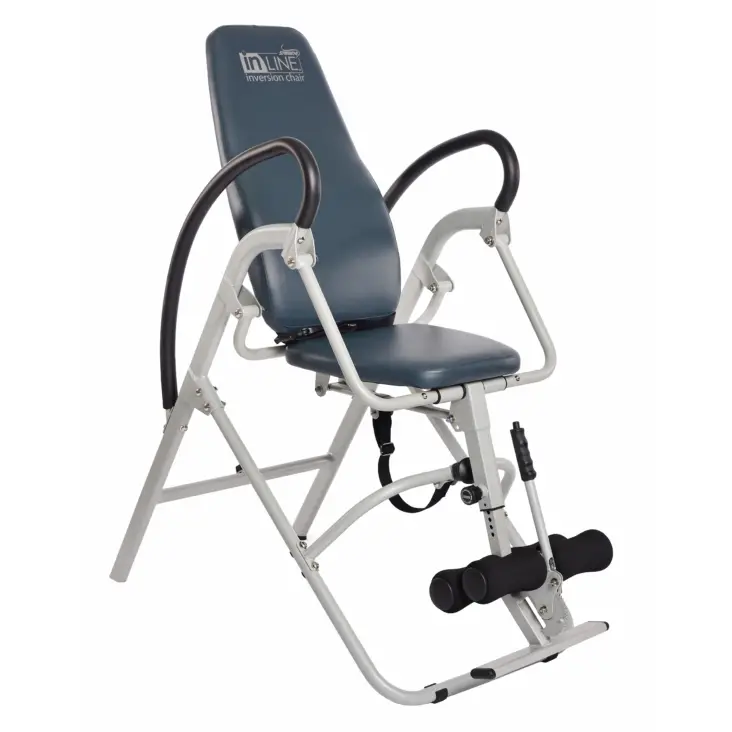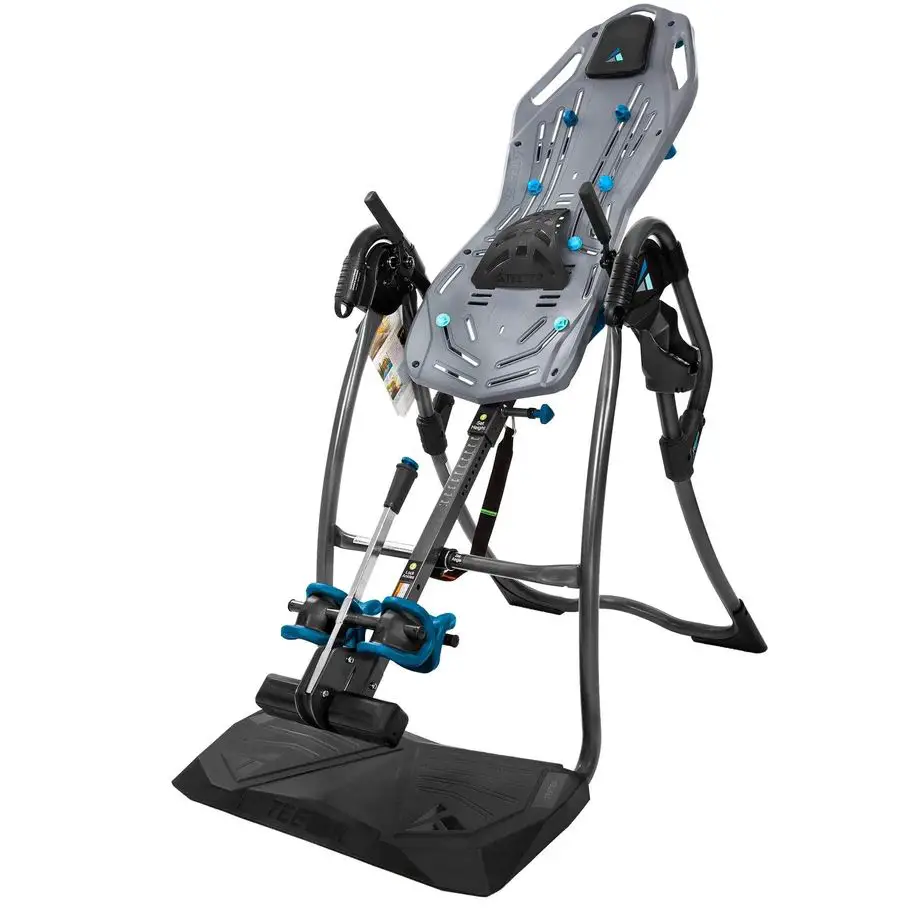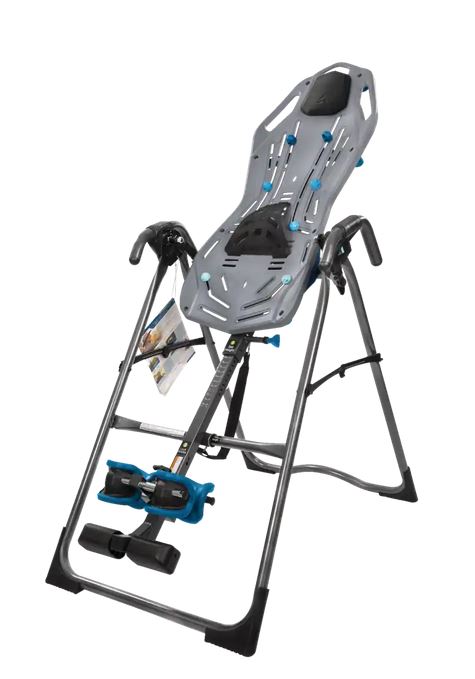Inversion Tables have been used for many years as alternative treatments for relieving back pain. The tables use a gravitational force when hanging upside down for a short period of time to help with decompression of your vertebrae discs and spine.
As more space between your vertebrae discs is created, the spine relaxes and the pain in your back subsides. Inversion Tables have been FDA approved for back pain, herniated discs, joint problems, muscle spasms and other pain disorders in your back.
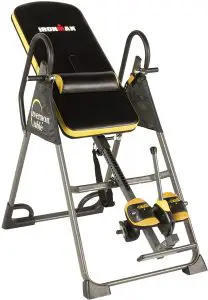
However, many people have been asking are Inversion Tables dangerous. Can an Inversion Table hurt your back? Read on in this article to discover the answer to this question and more.
Can an Inversion Table Hurt Your Back?
The Inversion Table Therapy is created to help your back pain. The table works to put space between your vertebrae discs that serve as cushions for your spine. When discs decompress, so does your spine, which allows it to also decompress and relieve your back pain.
While Inversion Tables are meant to be used to benefit your body, there will always be people who do not follow the manufacturers or experts instructions and stay on the table longer than they should. Experts say that you should stay on the table between 1-2 minutes for twice a day. Anything longer than this can do damage to your discs, spine, back, neck and other parts of your body. When you do not heed warnings about length of time on the table, then yes, an Inversion Table can hurt your back.
Should I Ask My Doctor Before Using The Inversion Table?
You should always ask your doctor before using an Inversion Table. He will tell you if it is a good idea for you to use the table. Always seek your doctor’s advice before starting any exercise regimen.
What Kind of Exercises Can I Do on The Inversion Table?
When you first begin your exercise regimen on the table, you should begin slowly. Stat by balancing yourself on the table by laying straight for the maximum amount of time of 2 minutes. Laying straight on the table helps to elongate or straighten your spine, and relieves the pressure on your spine, neck and back areas. Minimizing the pain in these areas helps reduce the pain you are felling. After you become comfortable with the balance exercise, you may tip the table at a 10 degree angle. Experts recommend that you should only go up 10 – 20 degrees each week until you are able to handle 60 – 90 degrees.
Move your neck from side to side on the table to help decompress that area and allow it to relax. Another exercise is called the figure 8 and involves you moving your neck as if you are forming the figure 8. This movement helps your neck to move in every direction, relaxes your vertebrae discs which in turn decompresses your spine, and helps in alleviating your pain.
The overstretch exercise is also a good way to relieve pressure in your spine, arms, neck and back areas. Stretch your arms over your head while on the table for the maximum 2 minutes. Repeat this exercise until you can feel relief from the pressure in your arms.
The more you work out on the table, the more comfortable you will become. The more varied exercises you do on the table, the more areas of your body can get decompressed and begin to relax, which relieves more pain from your entire body. Your back, vertebrae discs, spine and other areas of your body will become stronger, while allowing you to bend and have more flexibility.
How Do I Use An Inversion Table?
Begin by setting up the Inversion Table in your home. A store representative can help you with this. Once you have the Inversion Table set up, you will want to have an assistant to be in the room with you while you are on the table.
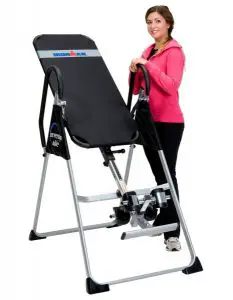
The maximum amount of time should be 2 minutes for twice a day. Strap yourself on the table while making sure that the straps are secure. You do not want to move on your table and risk minimizing the effect of the exercises you will be doing on the table.
Balance yourself on the table and lay straight with your back on the table to become comfortable with the table. Laying straight on the table will help to elongate and stretch your spine and neck area and relieve the pressure and pain. This is called the balance exercise and is done to improve your posture.
Allow your assistant to help you tip yourself slightly at an angle. You should be doing beginner angles like 10 – 20 degrees until you become more comfortable with the table. Stay at this angle for the maximum amount of time.
Additional Tips On Using An Inversion Tables
Your assistant should have a stop watch set at 2 minutes to ensure that you do not stay on the table longer than required. Once you have completed your 2 minutes at a beginner angle, come back to the straight position on the table so that you can remove yourself from The Inversion Table. Repeat this exercise another time later in the day for maximum results.
These are some common need to know answers to questions of can an Inversion table hurt your back? Speak with your doctor to make sure that using the table is a good treatment plan for you. Once your doctor has approved your use of the table, begin slowly and get comfortable with the table.
Always have an assistant to help you get on and off the table and to help you tip the table back at an angle that will relieve the pressure from your vertebrae discs and spine. Your assistant should have a stop watch set at the maximum amount of time of 2 minutes to ensure that you are not on The Inversion Table too long.
Your assistant should help to remove you from the table if you begin to feel dizzy, have headaches or feel nauseated. Get some fresh air and breathe in until your heart rate returns to normal.
